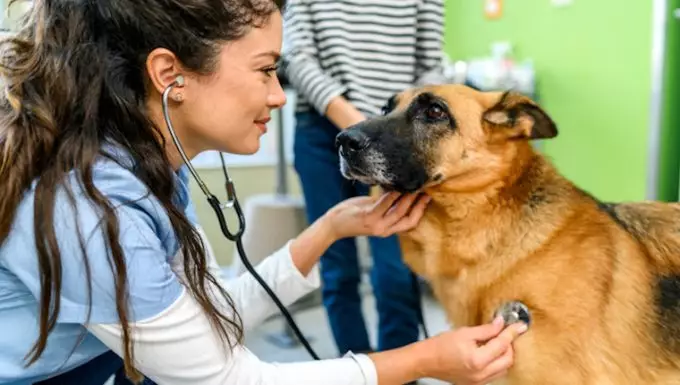Liver and gallbladder cancer in dogs is a distressing condition that affects not only the canine patient but also the loving families that care for them. Often diagnosed late and with an uncertain etiology, this condition requires a high degree of vigilance from pet owners. Although the specific causes may be elusive, some breeds appear predisposed to these malignancies, notably Golden Retrievers, German Shepherds, and Labrador Retrievers. Understanding the complexities surrounding this illness is crucial for timely intervention and care.
Recognizing Symptoms: The Key to Early Detection
Symptoms of liver and gallbladder cancer can manifest in several ways, leading to potential underdiagnosis due to their general nature. Common indicators include:
– Gastrointestinal Disturbances: Diarrhea and vomiting may lead pet owners to think of a temporary illness, but prolonged symptoms can signal more serious underlying issues.
– Behavioral Changes: Lethargy and a noticeable loss of appetite or weight are often signs that something is critically wrong.
– Metabolic Changes: Dogs may exhibit low blood sugar levels and increased urination and thirst, which are indicators of liver dysfunction.
– Visible Signs: Jaundice can be a glaring red flag and should prompt immediate veterinary consultation.
Prompt recognition of these symptoms is vital. The sooner a dog is seen by a veterinarian, the better the chance of successful intervention.
The Uncertain Origins: Why Do Some Dogs Develop Cancer?
The causes of liver and gallbladder cancer in dogs remain largely unknown, leading to a sense of frustration among veterinarians and pet owners alike. Genetic predisposition plays a significant role, as certain breeds are more likely to develop these cancers. However, environmental factors, exposure to toxins, or underlying health issues could contribute to the disease’s onset. This ambiguity underscores the importance of regular veterinary check-ups to catch potential issues before they escalate.
Diagnostic Procedures: Few Things Are More Stressful
The path to diagnosis often feels overwhelming. Initially, veterinarians will conduct a thorough examination, collecting a complete medical history while assessing symptoms. Following this, additional diagnostics such as blood tests to evaluate liver function, imaging through X-rays, or ultrasounds will be undertaken to apprehend the scope of the issue. This step is critical, as certain tumors may require different treatments based on their nature—be they benign or malignant.
Treatment Options: A Multi-Faceted Approach
Treatment for canine liver and gallbladder cancer is as varied as the tumors themselves, and often depends on their classification and the dog’s overall health.
– Surgical Interventions: For many, surgical options may involve removing tumors from the liver or gallbladder, and can offer the best chance for extended survival.
– Chemotherapy: While not as commonly employed in canine cancer treatment compared to humans, chemotherapy can be a viable option for certain types, providing an additional line of defense.
– Supportive Care: Medications may be prescribed to support liver function and ease symptoms, making a dog’s quality of life a priority in treatment decisions.
In all cases, adherence to veterinary advice regarding medication and regular follow-ups is crucial. The emotional toll on both the pet and owner can be significant, making a supportive and calming home environment essential for recovery.
Navigating the Emotional Landscape
Caring for a dog diagnosed with liver and gallbladder cancer opens a new chapter of veterinary science and emotional support. As pet owners, your instincts are often the first line of defense. Do not hesitate to trust your feelings about your dog’s health. Reach out for professional help with concerns, understanding that navigating this situation is a shared journey between you and your veterinarian.
In this challenging landscape, the hope for recovery lies not only in medical interventions but also in the love and compassion you provide. Each story of survival is unique, and your attentive care can significantly influence your dog’s experience in this daunting reality.

